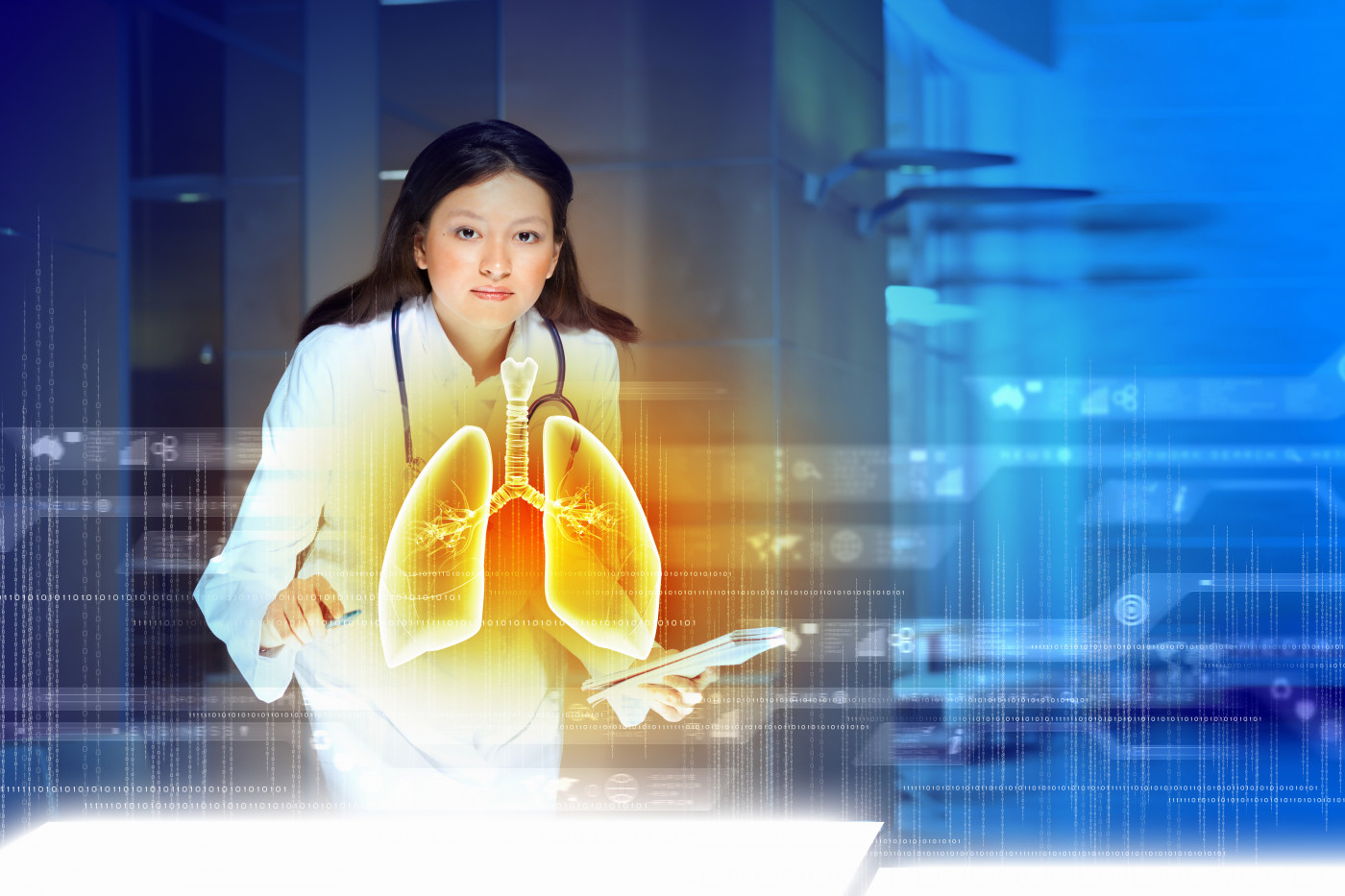Pulmonary Artery Denervation Helps to Treat PAH, Trial Suggests

Pulmonary artery denervation was found to be safe and to improve the health of people with pulmonary arterial hypertension (PAH), according to results of an early clinical trial.
The study, “Intravascular Ultrasound Pulmonary Artery Denervation to Treat Pulmonary Arterial Hypertension (TROPHY1),” was published in the journal JACC: Cardiovascular Interventions.
PAH is characterized by high blood pressure in pulmonary arteries, and patients can experience higher activity in nerves of the lungs.
Studies have shown that the targeted removal of nerves — a procedure called denervation, done to ease overactivation of nerves involved in vasoconstriction — surrounding renal arteries can reduce blood pressure in patients with hypertension (high blood pressure).
Researchers wondered if using targeted denervation, removing nerves that surround pulmonary blood vessels, could potentially lower blood pressure and alleviate PAH symptoms.
They enrolled 23 PAH patients (mean age of 60, range 18 to 75) in a feasibility clinical trial (NCT02835950), called TROPHY1, to investigate the safety and effectiveness of the PDN procedure in this patient population.
PDN was performed using a device called the Therapeutic Intra-Vascular Ultrasound System (TIVUS), developed by SoniVie (formerly known as Cardiosonic). TIVUS works by inserting a small catheter into the pulmonary artery, which produces ultrasounds that selectively ablate (remove) the nerves that constrict the pulmonary artery without damaging the vessel walls or adjacent tissues.
TIVUS was recognized as a breakthrough device by the U.S. Food and Drug Administration (FDA) in September 2019; this designation is meant to expedite the development and approval of medical equipment that can provide a greater benefit to patients than available treatments.
The trial’s primary goal trial was to determine the safety of the denervation procedure, determined by adverse events at one month after its use, as well as the overall proportion of patients who survived or who experienced clinical worsening of PAH symptoms over one year.
All PAH patients enrolled in TROPHY1 were using at least two oral therapies. They were sedated and given an average of 10 ultrasound activations with TIVUS (minimum 7, maximum 16). The duration of the denervation procedure was, on average, 32 minutes.
No serious side effects related to PDN were reported up to 30 days after the procedure — meeting the trial’s primary safety goal.
In total, 15 serious adverse events occurred within the first 12 months following treatment, but 11 were attributed to PAH itself. Data also showed that survival and clinical worsening among patients undergoing PDN were within the expected ranges for people with PAH.
Effectiveness of the procedure in treating PAH was also examined.
One measure of effectiveness is pulmonary vascular resistance (PVR), which evaluates the internal resistance to blood flow within the pulmonary arteries. At four or six months post-treatment, PVR had decreased by 17.8% in these patients compared with measures taken at the study’s start, or baseline.
A significant drop in average pulmonary artery pressure and right atrial pressure at the four- or six-month mark was also observed.
Treated patients were also able to significantly increase both the distance that they could walk in six minutes (6-minute walk distance test) — a mean increase of 42 meters (about 138 feet) — and reported a capacity to be more active in daily life (using the emPHasis 10 questionnaire).
Overall, “in this multicenter early feasibility study, ultrasound PDN was performed without procedure-related adverse events and was associated with a reduction in PVR and increases in 6-min walk distance and daily activity in patients with PAH on a minimum of dual oral therapy,” the researchers wrote.
Based on the results, they suggested that PDN could be beneficial to people with PAH and should be considered in the treatment plans along with other therapies.
“The health-economic cost of PAH-specific therapy and clinical deterioration is high … as such, a single, or repeated-interval, [PDN] procedure may provide an alternative to therapeutic escalation or an addition to combination therapy,” the team wrote.
Further studies are necessary to evaluate the long-term effects of PDN and its potential benefit for other forms of pulmonary hypertension.
Two of this study’s 20 authors are employees of SoniVie, based in Israel.







